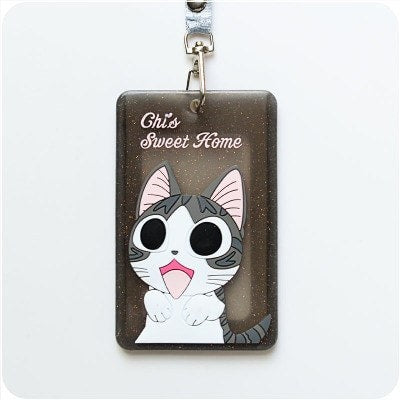
TOTEMO KAWAII HOW TO
Example #1: how to emphasize an adjectiveīoku no inu wa totemo kawaii – 僕の犬はとても可愛い (ぼくのいぬはとてもかわいい) My dog is very cute.īelow are the new words used in the example sentence. Let me explain this usage through the example sentence below. So, its usage is very similar to those of the English adverbs like “very”, “much”, “so”, or such. Native speakers use this type of “totemo” mainly before an adjective to emphasize its meaning. totemo – とても : an adverb of degree meaning ‘very’, ‘much’, ‘so’, or such in Japanese.Let me start with “totemo” used to emphasize the meaning of its following word. “Totemo” to emphasize the meaning of its following word Example #2: how to make a strong negative expression with “nai”.“Totemo” to make a strong negative expression.


In this blog post, I will explain these two usages through example sentences. Native speakers use it mainly in two different ways: to emphasize the meaning of its following word to make a strong negative expression. Probably, many Japanese learners know “totemo” as it is quite often used in Japanese conversations.


 0 kommentar(er)
0 kommentar(er)
